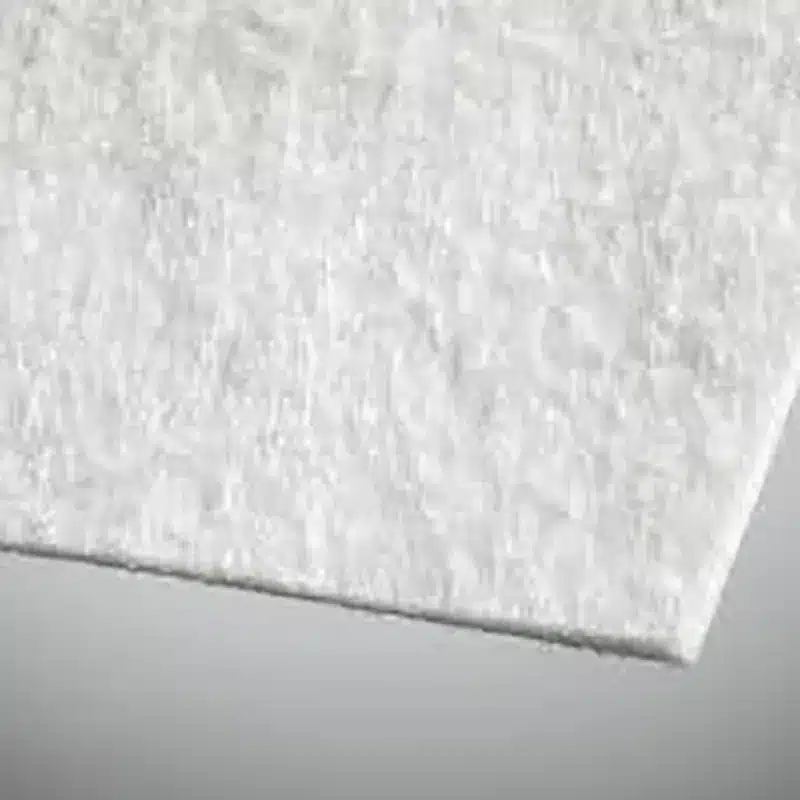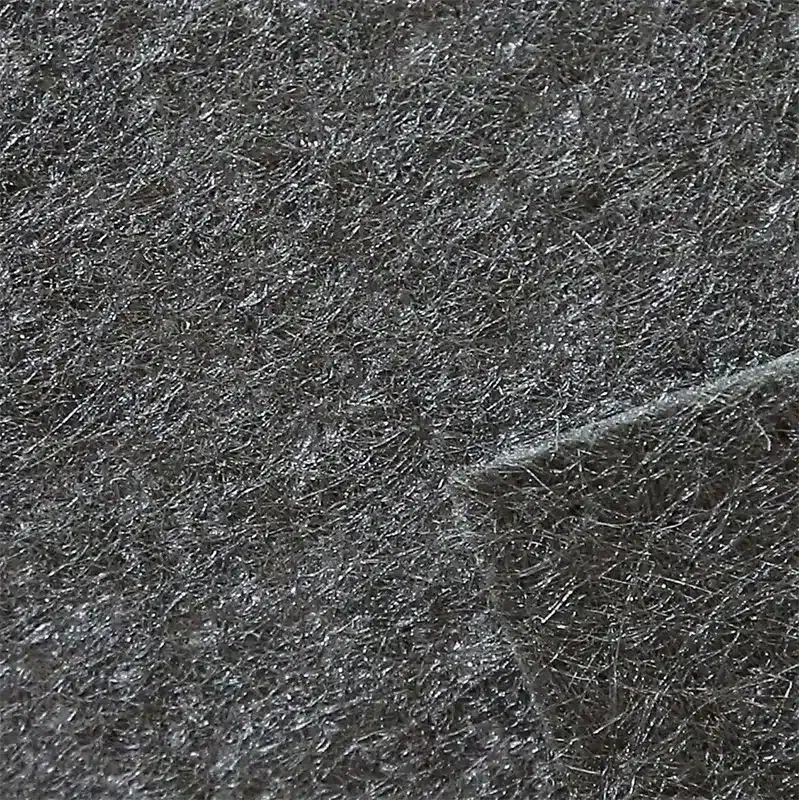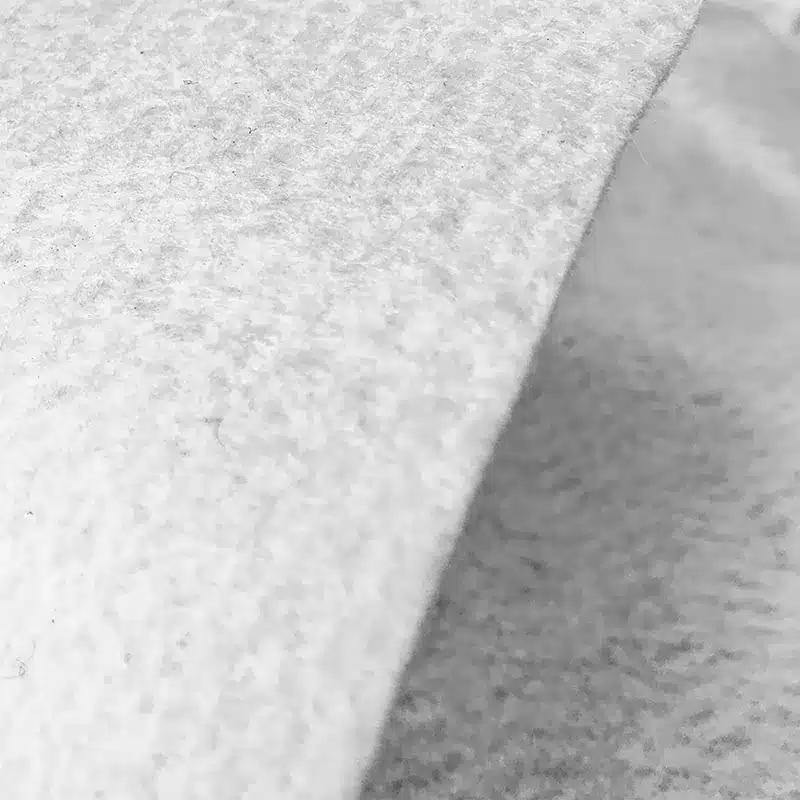+86-159 9860 6917
info@geofantex.com
geofantex@gmail.com
+86-400-8266163-44899
Geotextiles, a vital component in construction and landscaping, are widely used for soil stabilization, drainage, and erosion control. Proper geotextile installation ensures these benefits are maximized, making structures more durable and environmentally friendly. This article covers essential questions and answers about geotextile installation, highlighting its benefits, processes, and considerations.
What is the purpose of installing geotextile fabric?
Geotextile fabric is installed to enhance soil stability, manage water flow, and protect against erosion. Its main purposes include:
- Soil stabilization: Strengthens weak or loose soils, providing a solid foundation for roads, patios, embankments, and landscaping projects.
- Erosion control: Prevents soil displacement caused by wind, rain, or water runoff, helping maintain slopes, embankments, and coastal areas.
- Drainage improvement: Acts as a filter layer that allows water to pass while keeping soil particles separate, ensuring efficient drainage and reducing waterlogging.
- Weed suppression: Blocks weed growth in landscaping applications, reducing maintenance needs.
- Structural longevity: Enhances the durability of construction projects by reducing soil movement, improving load distribution, and extending the lifespan of infrastructure.
By installing geotextile fabric, builders and landscapers create more durable, stable, and environmentally resilient projects.

What are the key steps in geotextile installation?
Geotextile installation involves several essential steps to ensure proper performance and durability:
- Site preparation: Begin by clearing the area of debris, vegetation, and sharp objects, then level and compact the subgrade to create a stable base.
- Geotextile selection: Choose a woven or non-woven geotextile depending on the project’s needs—such as filtration, separation, or reinforcement.
- Unrolling and placement: Carefully unroll the geotextile over the prepared surface, making sure it lies flat without wrinkles or folds. Align the fabric in the correct direction if necessary.
- Seaming and overlapping: Overlap adjacent rolls by 30–60 cm or as specified, and use seams or bonding techniques when extra strength is required.
- Anchoring and securing: Secure the fabric using pins, staples, or trenching to prevent movement during backfilling or material placement.
- Covering: Apply the required backfill material gently, ensuring the geotextile remains undisturbed and undamaged.
- Inspection: Finally, inspect the installation for any damage or misplacement, and repair any issues before continuing construction.
These steps help ensure the geotextile functions effectively throughout its service life.
What types of geotextiles are used for different projects?
Geotextile fabric enhances drainage by acting as a permeable barrier that allows water to flow freely while keeping soil and fine particles separate. This prevents clogging of drainage layers and reduces water-related issues. Key advantages include:
- Efficient water filtration: Geotextiles allow water to pass through while retaining soil particles, ensuring consistent drainage in roads, embankments, and landscaped areas.
- Erosion prevention: By controlling water flow and minimizing soil displacement, geotextiles help maintain slope integrity and prevent washouts in heavy rainfall areas.
- Reduced waterlogging: Directs subsurface water away from critical areas, lowering the risk of flooding or structural damage in poorly drained soils.
- Longevity of infrastructure: Minimizes sediment buildup in drainage systems such as French drains, retention basins, and coastal protection projects, ensuring long-term functionality.
- Versatile construction applications: Suitable for highway drainage, landfill liners, retaining walls, and garden landscaping, providing both soil stability and reliable water management.
In essence, geotextile fabrics provide a durable, low-maintenance solution for managing water while protecting soil structure, making them essential in modern construction and landscaping projects.
How can proper geotextile installation extend the lifespan of construction and landscaping projects?
- Soil reinforcement: Stabilizes weak soils and distributes loads evenly, reducing settlement and structural damage.
- Erosion control: Protects slopes, embankments, and landscaped areas from wind and water erosion, maintaining design integrity.
- Efficient drainage: Prevents waterlogging and sediment buildup in drainage layers, ensuring long-term hydraulic performance.
- Reduced maintenance: Minimizes soil movement and surface degradation, lowering repair frequency and costs.
- Sustainable construction: Supports environmentally resilient projects by preserving soil and managing water effectively.
Geotextile installation is a straightforward yet crucial step in many construction and landscaping projects. By properly selecting and installing geotextile fabric, you can enhance soil stability, improve drainage, and extend the lifespan of structures. Whether for heavy-load areas or residential landscaping, geotextiles offer a sustainable solution for ground reinforcement, making them invaluable in modern construction.



Get Free Sample
We’ll respond as soon as possible(within 12 hours)





















